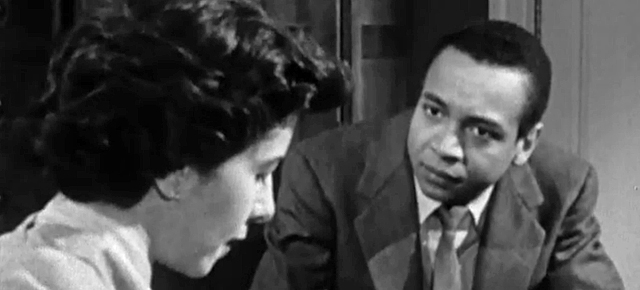
What’s Black and White and Shocking All Over?
What’s Black and White and Shocking All Over?
Either you’re cutting edge or you’re not. A full 10 years (ten years!) before Hollywood deigned to tackle the hot-button issue of interracial marriage with Guess Who’s Coming to Dinner, casting the ever-suave Sydney Poitier as potential son-in-law to Katharine Hepburn, the National Film Board of Canada produced Crossroads, a half-hour long fiction film about a young couple so in love they want to marry despite the fact one is white and the other Black, and pluckier yet, choose to inform their parents.
In 2012, fewer and fewer people seem to get their knickers in a bunch over people dating and marrying outside their own group. Indeed, data shows that Canadians are increasingly colour blind when it comes to love. According to the 2006 Census, 3.9% of Canada’s 7,482,800 couples were mixed unions, a 33% increase since 2001.
But in the late ’50s, when Crossroads first aired on CBC, things weren’t so whatever-works and easy-breezy. Let’s just look at it this way: a decade later, when Guess Who’s Coming to Dinner opened in the US, interracial marriage was still illegal in 17 states. Illegal. That means people of different skin colour couldn’t get married in those states, and if they somehow managed to get married somewhere else, they couldn’t happily ever after settle down in those states, either. Back then, interracial marriage was a Huge Deal. (Fun fact: Alabama maintained a ban on interracial marriage until November 2000.)
In 1959, a Black and white couple who’d settled back in Virginia after getting married in the District of Columbia found that out the hard way. One night, their bedroom was invaded by a group of police officers who’d broken into their home in the hope of finding them in the act of lovemaking, a crime under Virginia law. (They were sound asleep.) The couple was then sentenced to a year in prison, a penalty they traded for a one-way ticket out of Virginia.
The couple – the very opportunely named Mildred and Richard Loving – filed a motion that reached the Supreme Court (Loving v. Virginia), and eventually snowballed into a landmark civil rights case that declared every race-based legal restriction on marriage unconstitutional in the US. The date was June 12, the year, 1967.
Although Canada never passed this type of legislation, it still gives you an idea of the sort of mood America was in at the time.
So back to our film. Crossroads tells the story of a young Toronto couple, Judy and Roy. Judy is white. She’s from Trenton. She looks 40 but is apparently 23. Roy is Black. He’s never not in a suit. He works in the shipping department of the same company Judy does secretarial work for. They’re engaged.
The film opens with the arrival of Judy’s mom, who’s in town to spend a couple days and meet the future son-in-law. She has no idea he’s Black. (Mom: “What does he look like? You never showed us a picture! Is he short, tall, dark or fair?” Judy: “Does it really matter what he looks like, Mother? Does it really matter?” Mom: “No of course, but… I know [chuckles] He’s short and fat and losing his hair!”)
I’m not going to tell you how it all goes down (you’ll have to watch it to find out), but I promise you hand wringing galore, an icky conversation with an icky boss, a sulfurous blonde in furs twisting her neck staring at our young hopefuls in a crowded restaurant, a lover’s quarrel, a party and a kiss on the mouth (not who you think.)
Just remember: 1957.
Crossroads, Don Haldane, provided by the National Film Board of Canada
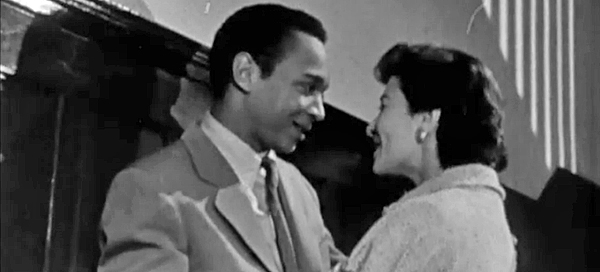
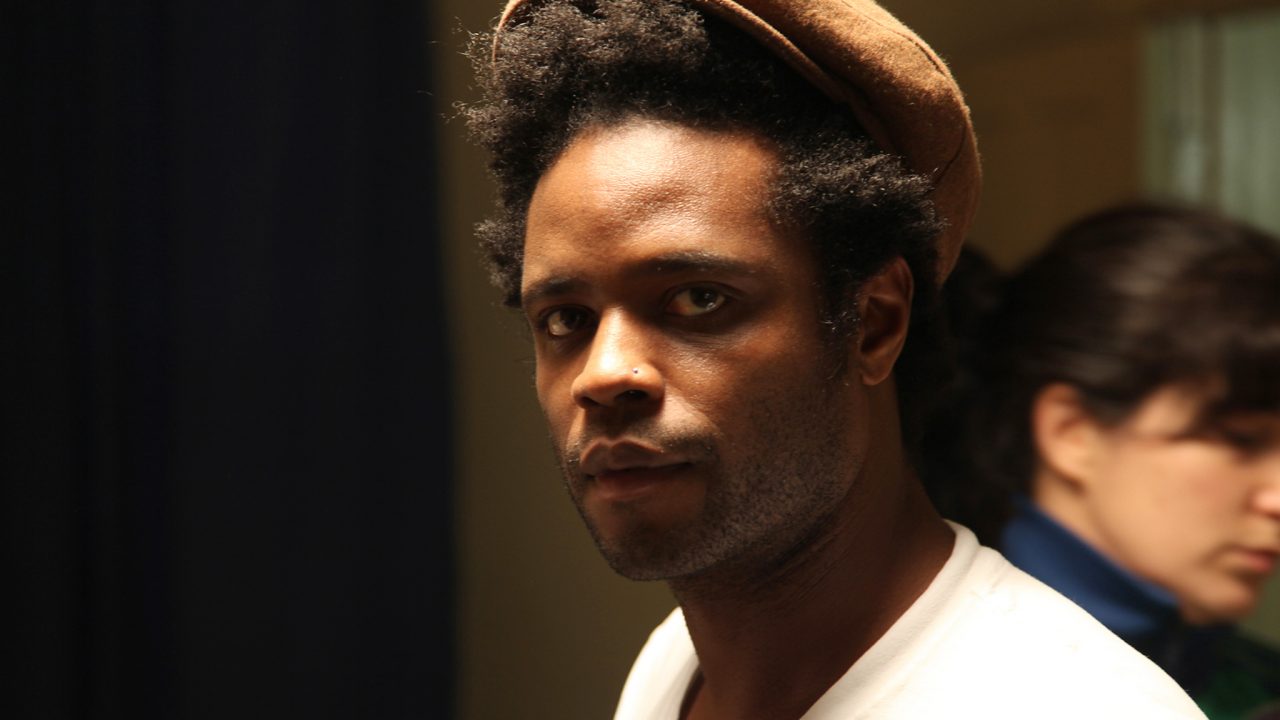
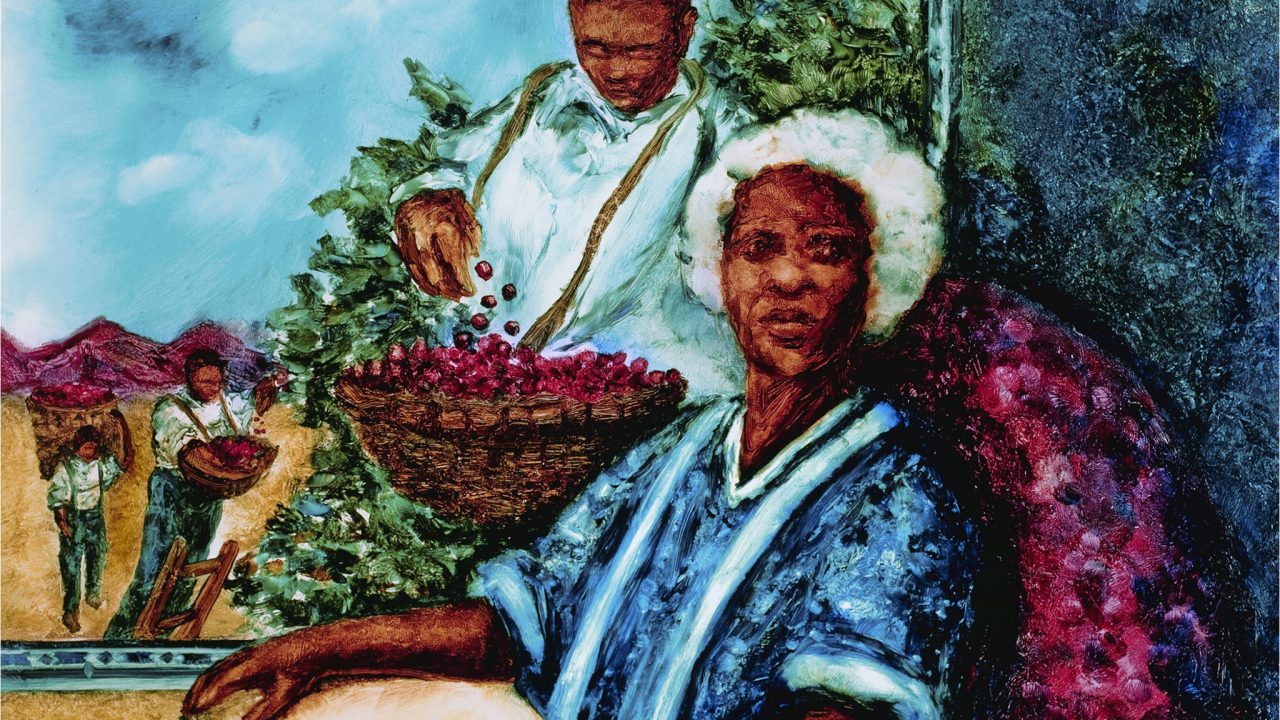
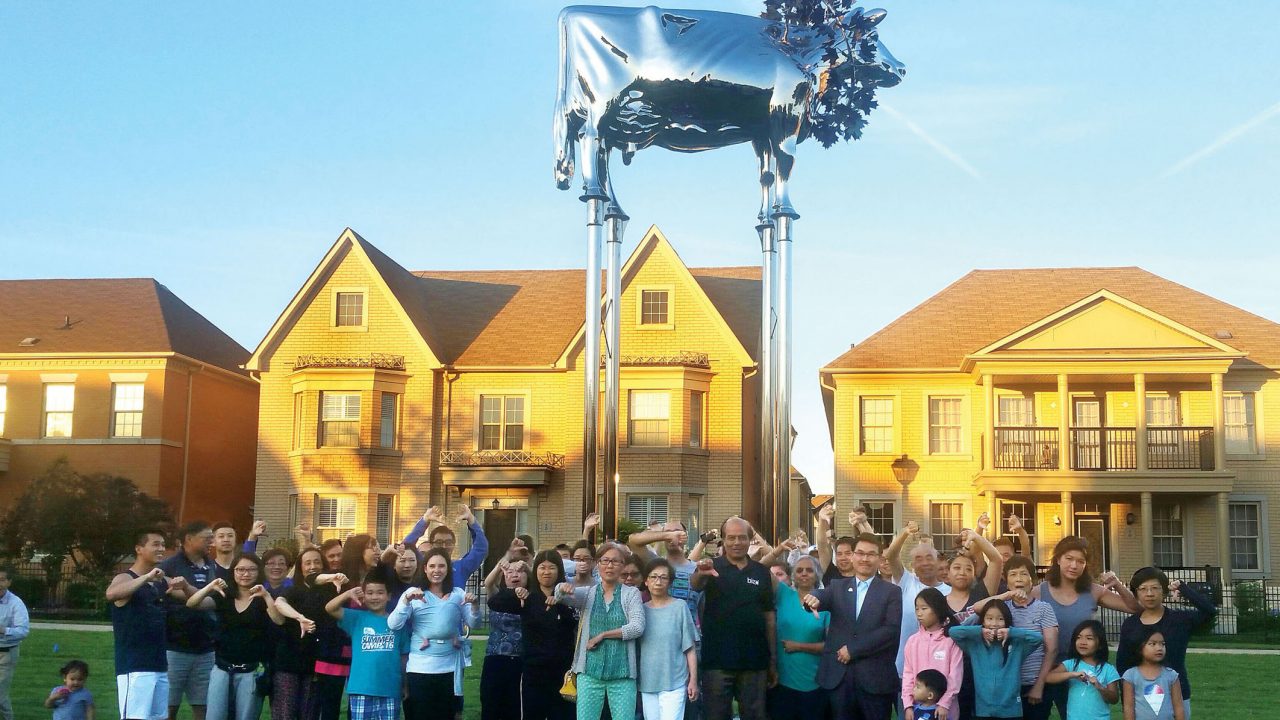
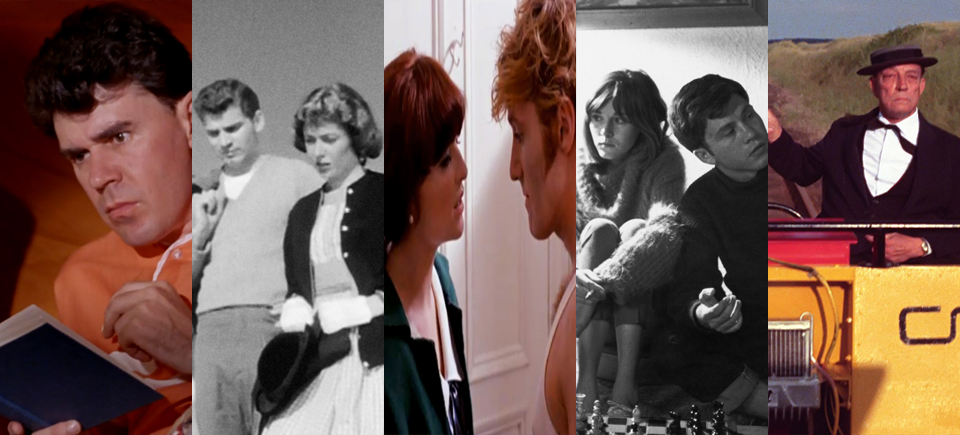
I loved this! The movie was made in 1957, the year I was born in Montreal to inter-racial couple Russell and Lucie Thomas. They married at St. James United Church on Ste. Catherine Street on September 10, 1955. Today is June 12, 2016 and they are still married!! That’s 61years!!! They have very interesting stories about their life together.
That guy is almost white,not a real big shock there.
A great post about a fascinating film. It’s odd that the lead actor (playing Roy), Bill Gunn, was actually American not Canadian. I was sad to discover that the lead actress (playing Judy) passed away in June (http://www.legacy.com/obituaries/thestar/obituary.aspx?pid=158050135) just before this article was published.
The director and writer worked together again on the 1959 documentary “The Gifted Ones”
I’d like to see a movie made regarding the discrimination faced by people with disabilities, being labled as unable to have kids, get married, etc. I have a disability and got in trouble for being in a relationship with a woman who has the same thing as me. We met when we were kids and we always stayed together as nobody else wanted to hang out with us. Then as we got older, we fell in love and at a Christmas Dinner with her family and mine, I got down on one knee and proposed to her! Everyone was thrilled, as we made such a perfect couple. But when we went to the Court House to get a Marriage License, the people behind the counter got concerned and Security was called. In front of a Judge we were told people with disabilities have the minds of children, and legally…children cannot give consent. So we can be friends, but we’re not allowed to get married. To me, that’s discrimination, but to society… that’s the law!
Hi Matthew,
Thanks for your comment and for sharing your story.
I wanted to point you toward a film that may address some of your concerns about disabled people in relationships. It’s called Toward Intimacy, and you can watch it here:
http://www.nfb.ca/film/toward_intimacy
Kindest regards,
Carolyne
3.9% is much less than I would expect… it would be interested to do a rural/urban comparison, as well as east to west, and large cities vs. mid-sized… those with colleges and universities as well as expanding search to questions of education, income…